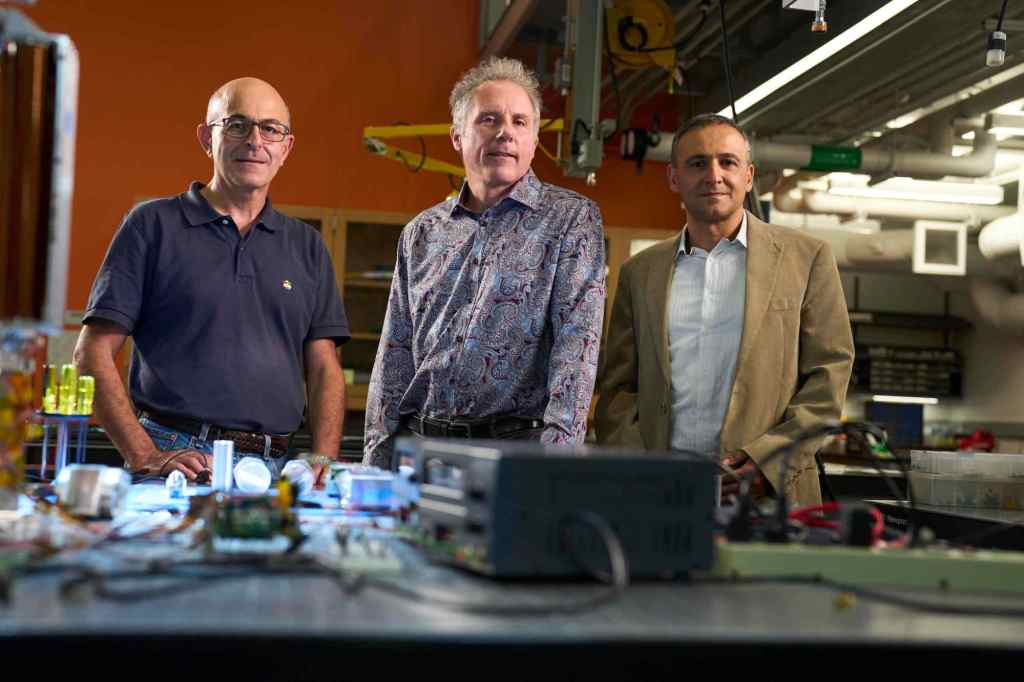PASADENA — In January, a SpaceX Falcon 9 rocket roared to life, carrying into orbit a demonstration of technologies, developed at Caltech, that could provide a blueprint for an energy revolution, supplying the earth with clean energy from outer space.
To combat climate change, the U.S. government pledged to make its energy sector pollution-free by 2035. Unfortunately, current renewable energy sources lack fossil fuels’ consistency. Solar cells, in particular, suffer atmosphere, weather and nighttime.
One elusive solution, under development for decades, is called space solar power, the process of harnessing solar power in space and beaming energy back to earth using solar power satellites.
Ten years ago, Caltech formed the Space Solar Power Project, which culminated in the Jan. 3 launch milestone. Weeks later, its three lead researchers are still musing on the achievement, enthusiastically talking about how it all works. They’re hopeful about the future of a technology once deemed technically possible but economically infeasible.
Each are experts in a discipline integral to space solar power: Dr. Harry Atwater, Otis Booth Leadership Chair of the Division of Engineering and Applied Science, heads the Project’s photovoltaics research, the solar cells converting sunlight into electricity. Dr. Ali Hajimiri, Bren Professor of Electrical Engineering and Medical Engineering, leads the wireless power transfer technology which would beam harvested energy down to earth. And Dr. Sergio Pellegrino, Joyce and Kent Kresa Professor of Aeronautics and Professor of Civil Engineering, heads the design of lightweight spacecraft that could one day carry the technology in orbit.
Why it matters and how it works
Hajimiri illustrated some of the benefits of space solar power.
“When you are in space, compared to photovoltaics on the ground, there is about 8 to 9 times more power because of the fact that you don’t have day and night, you don’t have seasons, you don’t have…
Read the full article here







